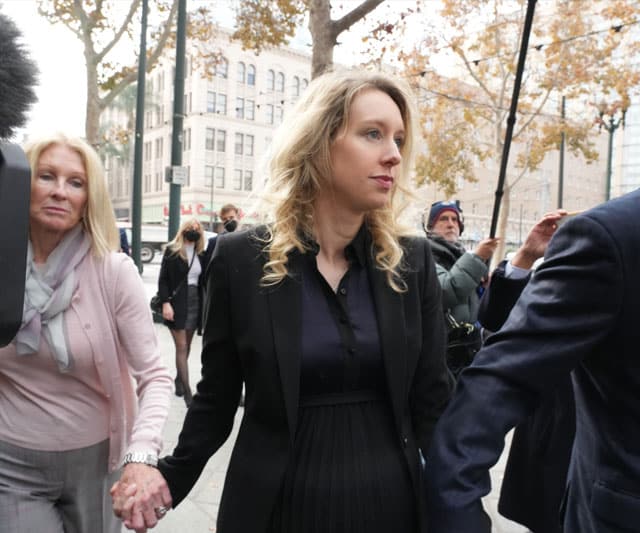On Friday, March 10, a bank few had heard of failed. Despite its obscurity outside technology circles, Silicon Valley Bank was the eighteenth largest bank in the U.S., and the second largest bank failure ever. Its primary business was taking deposits from start-up companies operating largely in the technology industry.
These companies acquire their cash from initial public offerings, venture capital funding, SPAC (special purpose acquisition company) mergers or other similar events. Start-up companies don’t need many loans, so rather than utilize the deposits by making loans, SVB purchased Treasurys and other assets. Unfortunately, SVB chose to purchase long-dated instruments, leaving it vulnerable to the rapid increase in interest rates promulgated by the Federal Reserve.
At the same time the value of SVB’s bond portfolio was declining, the bank — like most banks lately — was losing deposits to higher yielding alternatives. This phenomenon is called disintermediation, and it arises whenever short-term yields change suddenly. The Fed’s pattern of increasing rates in this cycle is roughly twice as fast as any previous cycle.
A bank run and a backstop attempt
To thwart deposit outflows, SVB began selling its Treasurys at enormous losses to raise money to increase deposit yields. This mismatch between SVB’s long-dated Treasurys and its short-term funding pressures prompted several venture capitalists to suggest to portfolio companies that they consider banking elsewhere. A good old-fashioned bank run ensued. Requests for deposits swamped resources, forcing the Federal Deposit Insurance Corporation (FDIC) to engineer an orderly liquidation.
Thanks to the very large cash balances held by SVB’s depositors, a substantial portion of those customers’ deposits vastly exceeded the FDIC insurance amount of $250,000.
As of Sunday afternoon, the Fed and the Treasury have devised a lending facility to cover depositors at SVB and attempt to backstop other failures on the horizon. This facility will enable eligible banks to borrow against high quality securities for up to one year to cover depositors. This avoids losses at affected banks that would otherwise have to sell securities.
Meanwhile, the ripple effects of this event are just beginning.
Collateral damage so far
Here is a round-up of recently discovered collateral damage in this fluid situation:
- Several technology companies can’t meet payroll or will need to find financing for payrolls in the next few days.
- Companies like Roku, Ripple, RocketLab and others have significant portions of their balance-sheet cash tied up in uninsured deposits at SVB.
- A stablecoin issued by Circle Internet Financial Ltd. has broken its peg to the U.S. dollar, which has in turn caused broader disruptions in the cryptocurrency markets.
- Bank balance sheets at First Republic, Charles Schwab & Co., Signature Bank and PacWest BankCorp were deemed riskier by the market in light of the troubles at SVB, causing those stocks to crater last week. Bank stocks lost at least $100 billion in market value in the wake of SVB’s failure. As of Sunday night, in fact, Signature Bank was also closed by regulators.
Each of these events in turn will cause chills elsewhere. No doubt they will impact start-up funding, which was already slowing dramatically. Also, businesses will rethink the misjudgment of leaving large uninsured deposits at financial institutions. Stocks of companies with big deposits at SVB will fall farther.
While cryptocurrency remains a fringe investment, it is impossible to know what collateral is affected by another collapse in this space. And banks will likely suffer more despite the thrashing of last week. We may see another bank failure – maybe several – before this is all over.
Action points
As a practical matter, it is past time to pay more attention to risk inside — and outside — portfolios.
We have advised clients with large cash balances to scatter their funds to maximize insurance limits. Today, with short-term Treasury Bills yielding nearly 5%, there’s no excuse for keeping large balances in anything but T-Bills unless those funds are subject to frequent transactions. If clients can’t access the T-Bill market readily, do it for them, and do it for free.
Inside portfolios, risk mitigation should be at top of mind now. The steep rally in Treasurys last week telegraphed the “risk off” attitude.
Some of your clients may be employed at emerging firms; now is the time to check in with them. One of our clients called the day of the collapse, to take money from his investment account because his company may not meet payroll this coming week.
In our shop, we say that investment management is comprise of long stretches of boredom and low activity, punctuated by panic and hysteria. It is the moments of panic and hysteria that highlight the value of advice.
Michelle Rand is the founder and CEO of Cascade Investment Advisors, Inc., located in Oregon City, Oregon. The firm is a service-first, investment management firm.







